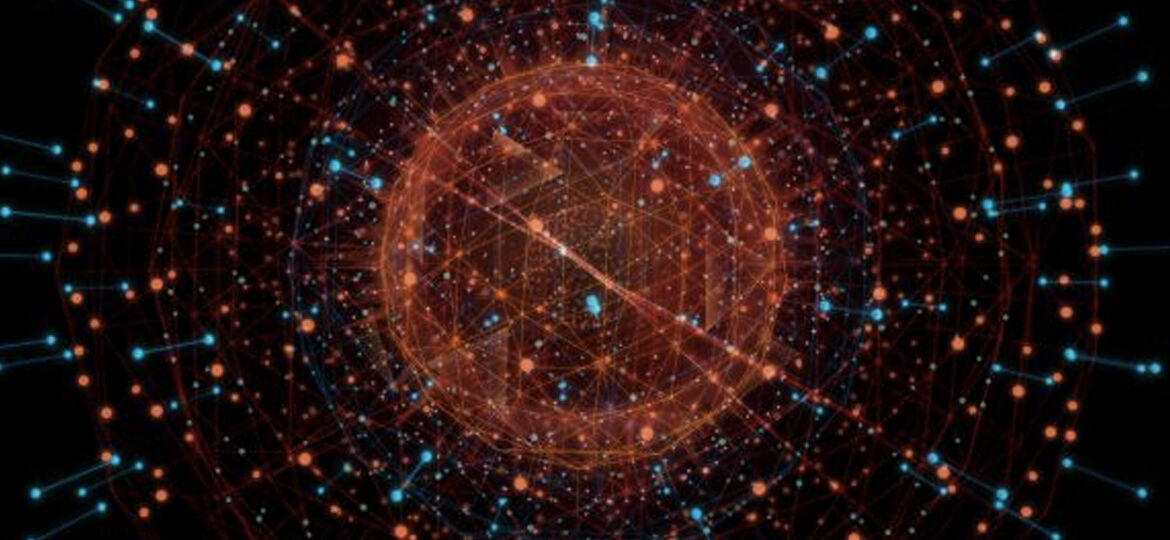
WHY THIS MATTERS IN BRIEF
Stable Qubits will help people store and manipulate information that can then be processed millions of times faster by Quantum Computers.
Researchers from the University of Manchester have taken a significant step closer to demonstrate that it is possible to create miniscule – but very powerful – computers that could work at atomic scale.
Scientists have been working on the developing quantum computers, computers recently demonstrated to be hundreds of millions times more powerful than today’s computers, in anger since 2002. Now a team from the University of Manchester have revealed that large molecules made of nickel and chromium could store and process information in the same way bytes do for everyday digital computers.
The researchers work, which appeared in the science journal Chem, shows that it is possible to use supramolecular chemistry to connect qubits – the basic units for quantum information processing. This approach would generate several kinds of stable qubits that could be connected together into structures called “two-qubit gates.”
“We have shown that the chemistry is achievable for bringing together two-qubit gates – the molecules can be made and the gates can be assembled. The next step is to show that they work,” said Senior author Professor Richard Winpenny.
Traditional computers organize and store information in the form of bits, which are written out in long chains of 0s and 1s, whereas quantum computers use qubits, which can be 1, 0, or any superposition between those numbers at the same time – allowing researchers to do much more powerful computations.
However, large assemblies of qubits that are stable enough to be applied to perform useful algorithms don’t yet exist – up until now that is.
Professor Winpenny and his collaborators addressed the problem using algorithm designs, which combined large molecules to create two qubits and a bridge between them, called a “quantum gate” which were held together using the supramolecular chemicals.
Studies of the gates since showed that the quantum information stored in the individual qubits was stored long enough to let the researchers manipulate the information and algorithms held there – the length of time that this information can be “stored” is called the coherence time.
“Say you’re in a pub and you’re trying to bring two pints of beer back to your friends, but the pub is filled with customers who are singing, jumping around, and dancing – the coherence time is a measure of how far you can get the beer without spilling it,” explained Professor Winpenny.
“You want the bar to be very well behaved and very stationary so you can walk through the pub and get back to the table, just like we want the qubits to be stable long enough so we can store and manipulate information. The real problem seems to be whether we could put these qubits together at all. But we showed that connecting these individual qubits doesn’t change the coherence times, so that part of the problem is solvable.”
“If it’s achievable to create multi-qubit gates we’re hoping it inspires more scientists to move in that direction'” he added.

















“In anger”? What am I missing? Second paragraph: “Scientists have been working on the developing quantum computers, computers recently demonstrated to be hundreds of millions times more powerful than today’s computers, in anger since 2002.”
Hi Rob, thanks for the question. Researchers have been trying to create a quantum computer now for decades but it was only in 2002 where they began getting “more serious” – there was more investment, more academic resources pushed into it and, of course D-Wave made their first appearance (and the debate on whether or not they are a “real” quantum computing company still rages on). Since 2002 we’ve seen the amount of activity and interest in quantum computers around the world ramp up significantly – the articles I publish are a mere fraction of all the small, bit here bit there developments which are slowly bringing quantum computers, and the components that they’ll end up being made up from, closer to reality. Hope that answered the question!
[…] researchers from the University of Manchester, the same university that’s recently been making breakthroughs in quantum computing, led by Professor Ross D King, have shown for the first time that it’s […]